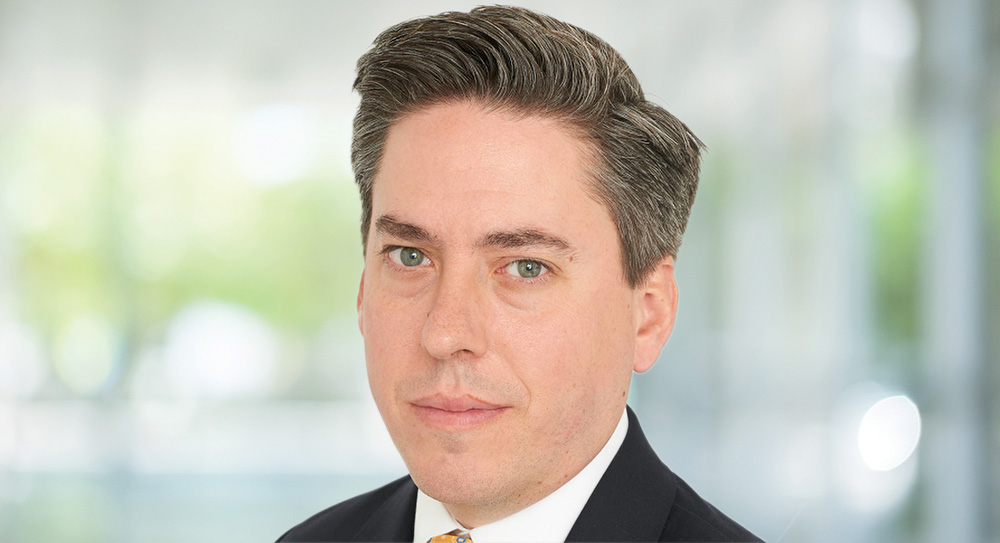New tools needed?
Talent recruitment and retention remains a leading concern for operational leaders in PE. According to a survey of US-based PE CFOs conducted in Q2 2023 by US executive search...
Categories: AnalysisESGESG policyHuman CapitalHR / talent managementRecruitmentWellbeing






